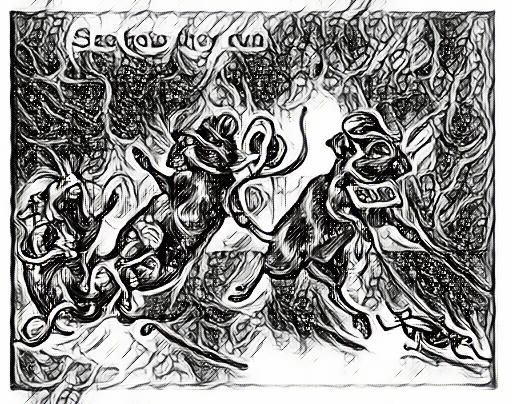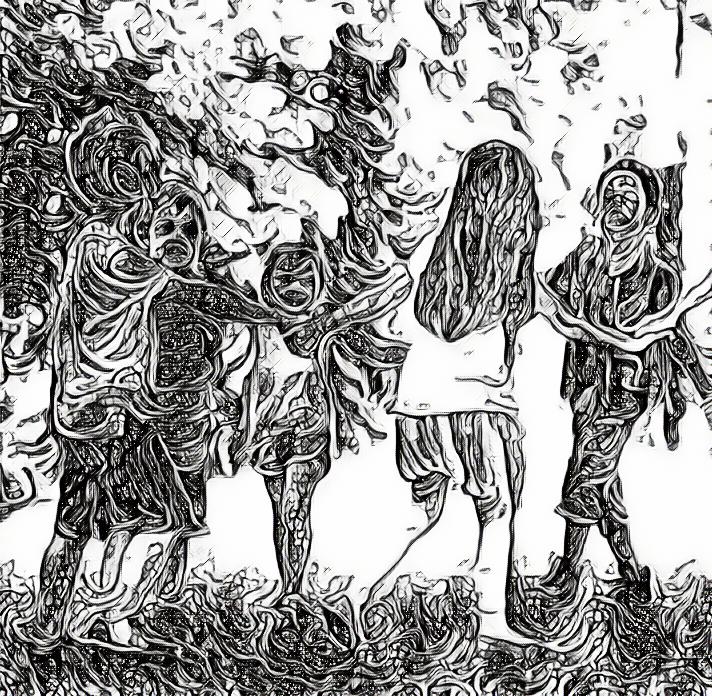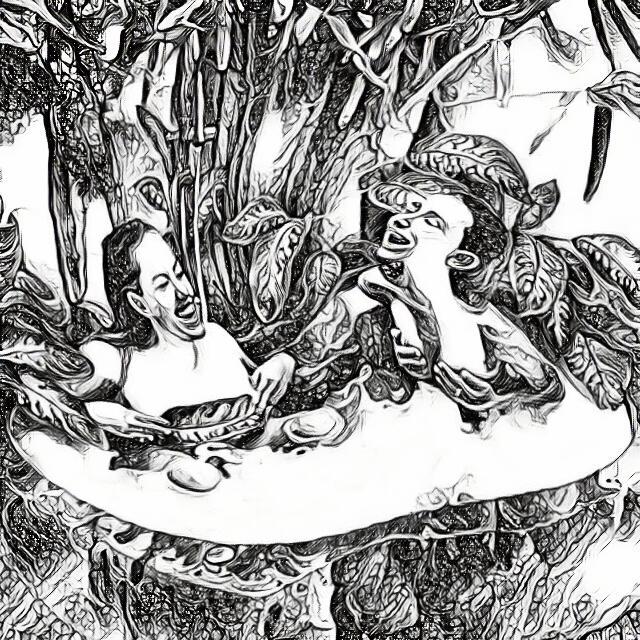The nursery rhyme “Three Blind Mice” has a deeper, more somber origin than its cheerful melody suggests. Its roots trace back to a tumultuous period in English history, intertwining politics and religion in a tale of persecution and resistance.
Originally penned during the early 19th century, the rhyme is believed to echo the reign of Queen Mary I, notoriously remembered as “Bloody Mary.” Mary’s fervent Catholicism clashed with the Protestant sentiments that had gained ground during the reigns of her predecessors. In her quest to restore Catholicism to England, Mary ordered the execution of numerous Protestant leaders deemed heretics.
The three blind mice of the rhyme are thought to symbolize three prominent figures of the English Reformation: Hugh Latimer, Nicholas Radley, and Thomas Cranmer. These bishops faced a grim fate at the hands of Mary’s regime, enduring the flames of the stake for their beliefs. The metaphorical blindness attributed to them may reflect their refusal to abandon their Protestant convictions, even in the face of persecution.
The haunting line “They all ran after the farmer’s wife, who cut off their tails with a carving knife” evokes the harrowing imagery of Mary’s crackdown on Protestant dissent. The farmer’s wife serves as a chilling representation of Mary herself or her agents, wielding the power to silence opposition with brutal force.
While the rhyme has evolved over time into a lighthearted children’s ditty, its origins harken back to a period of religious strife and political oppression in England’s past. It serves as a poignant reminder of the sacrifices made by those who dared to challenge the status quo in pursuit of religious freedom.


